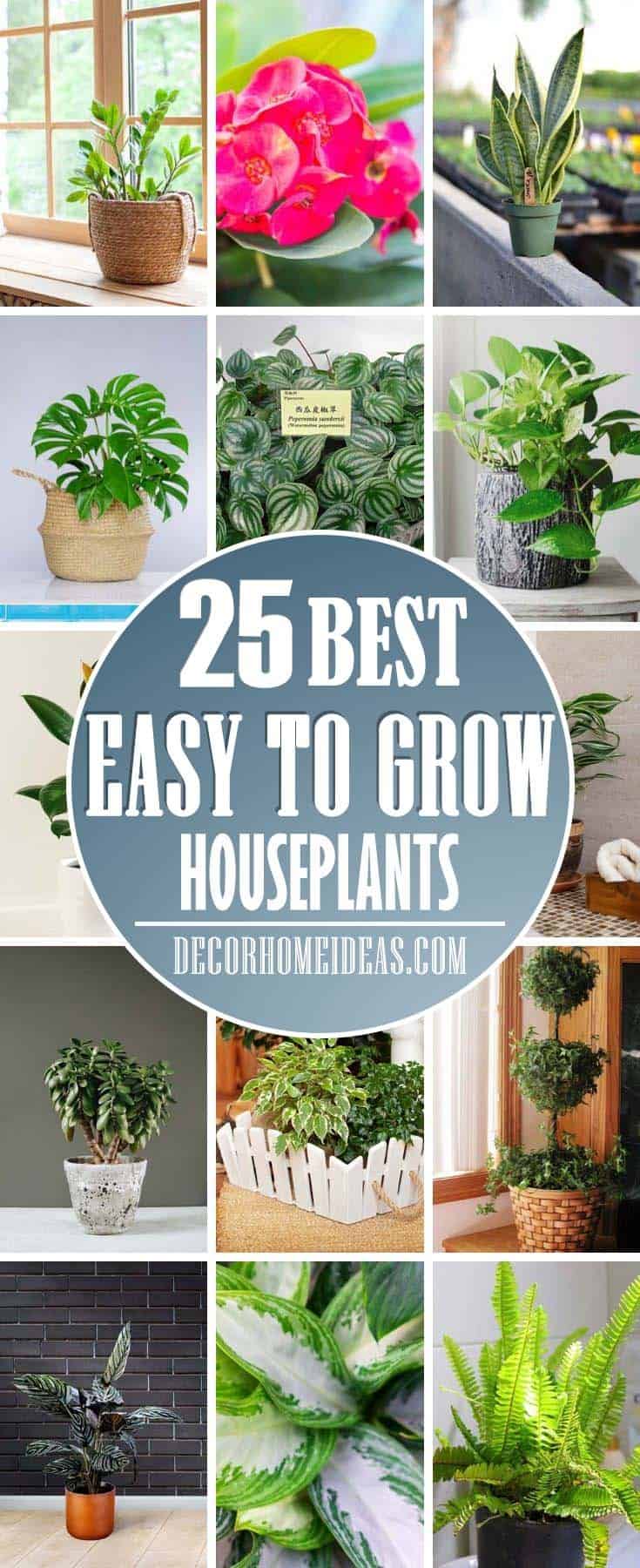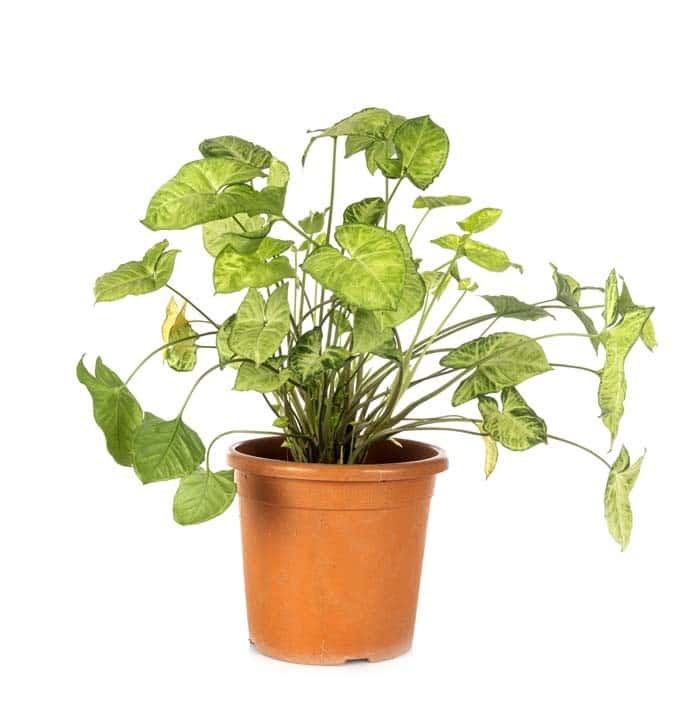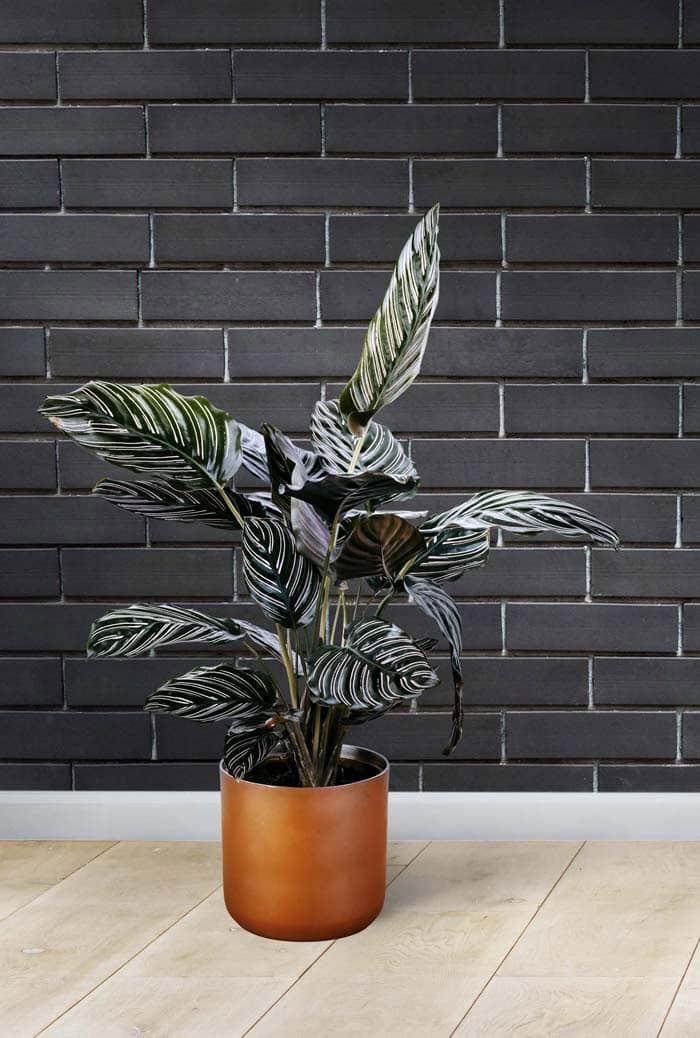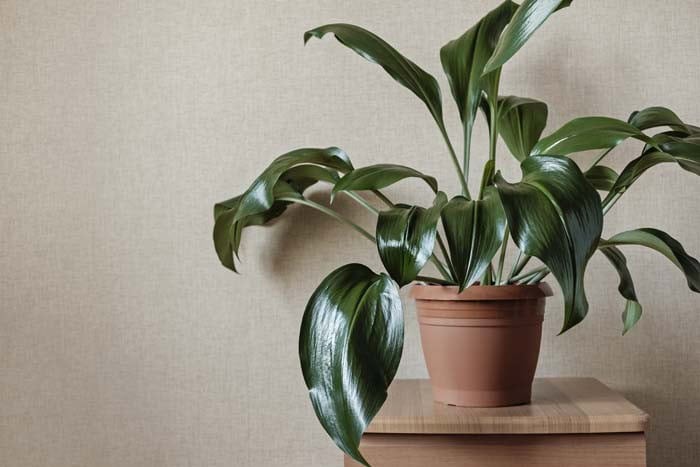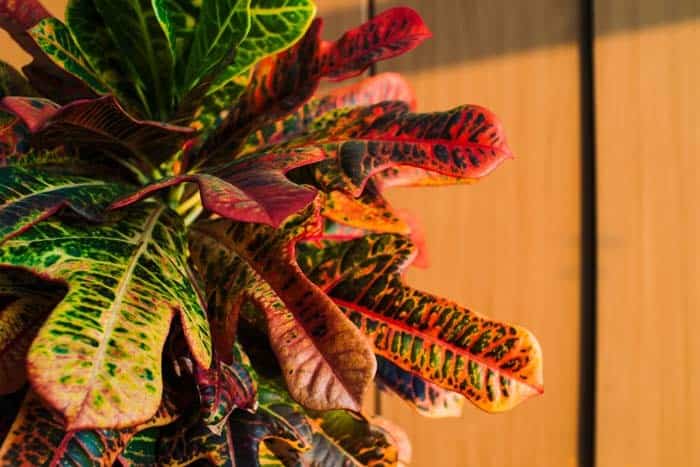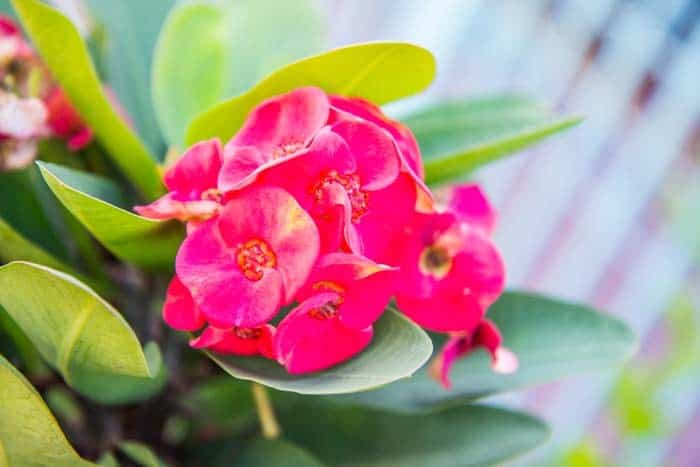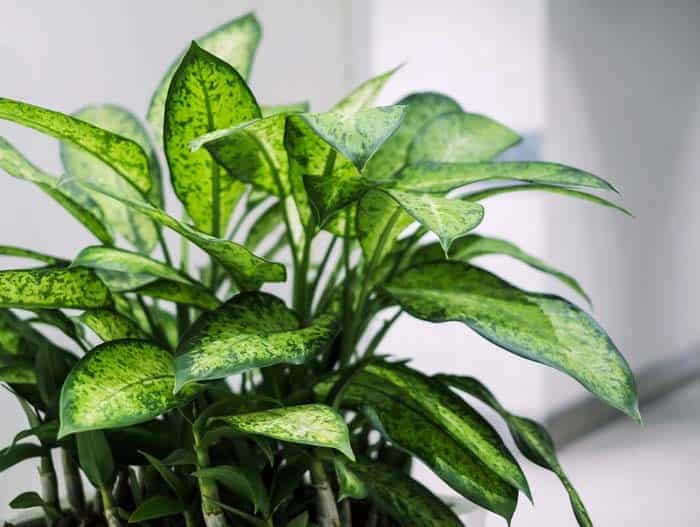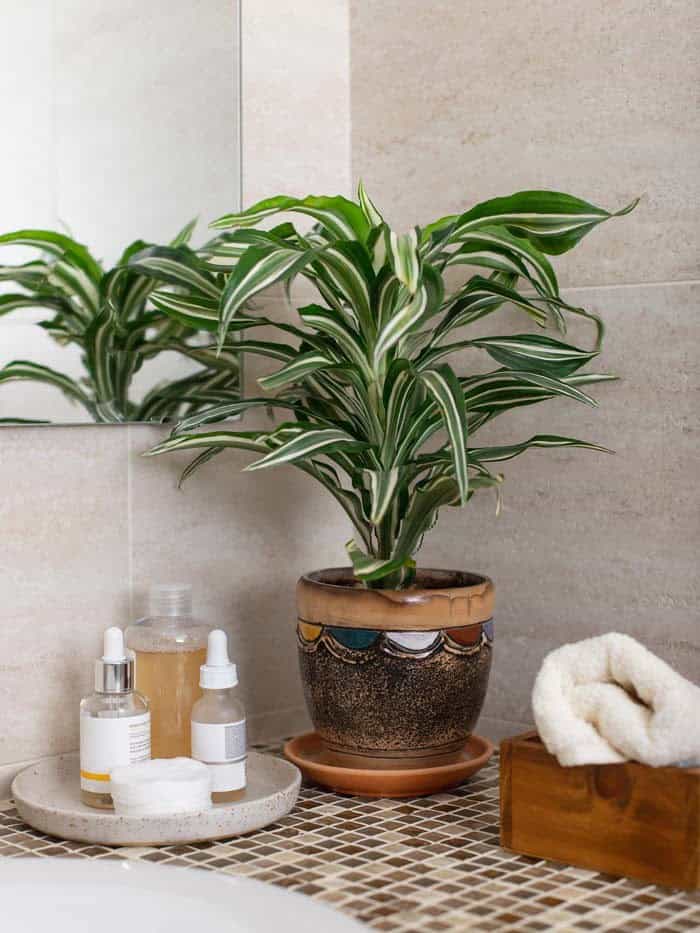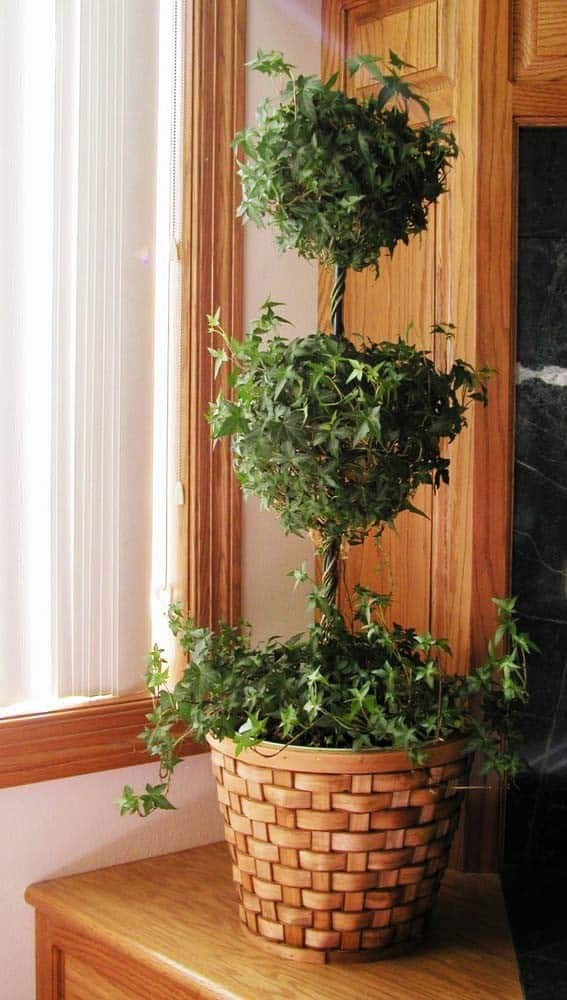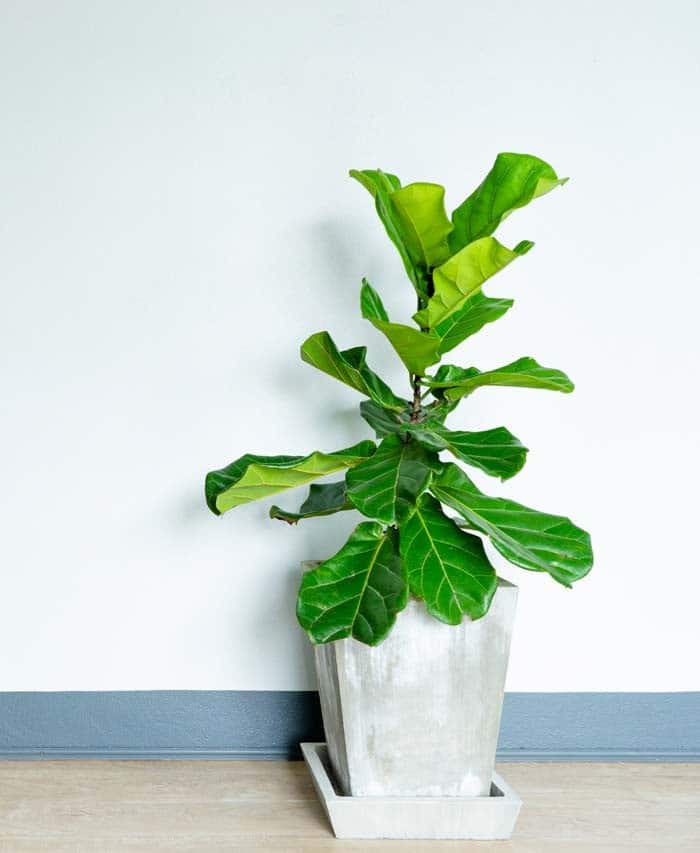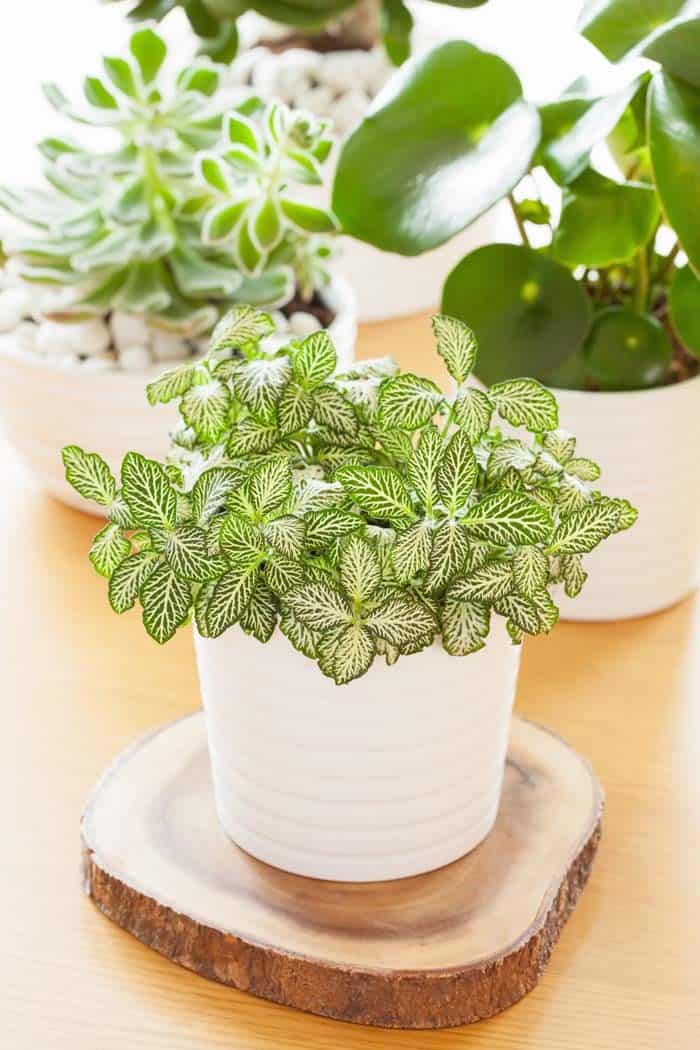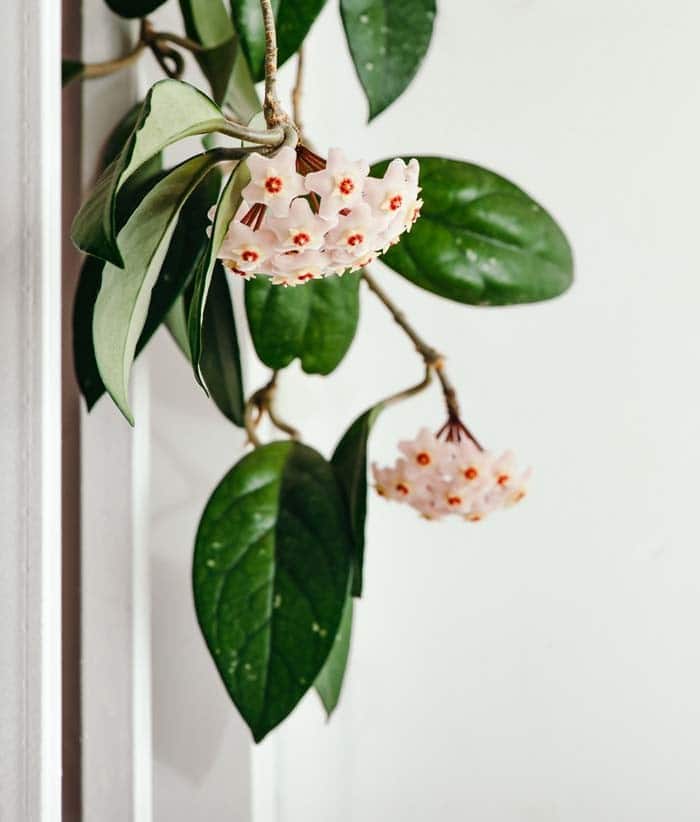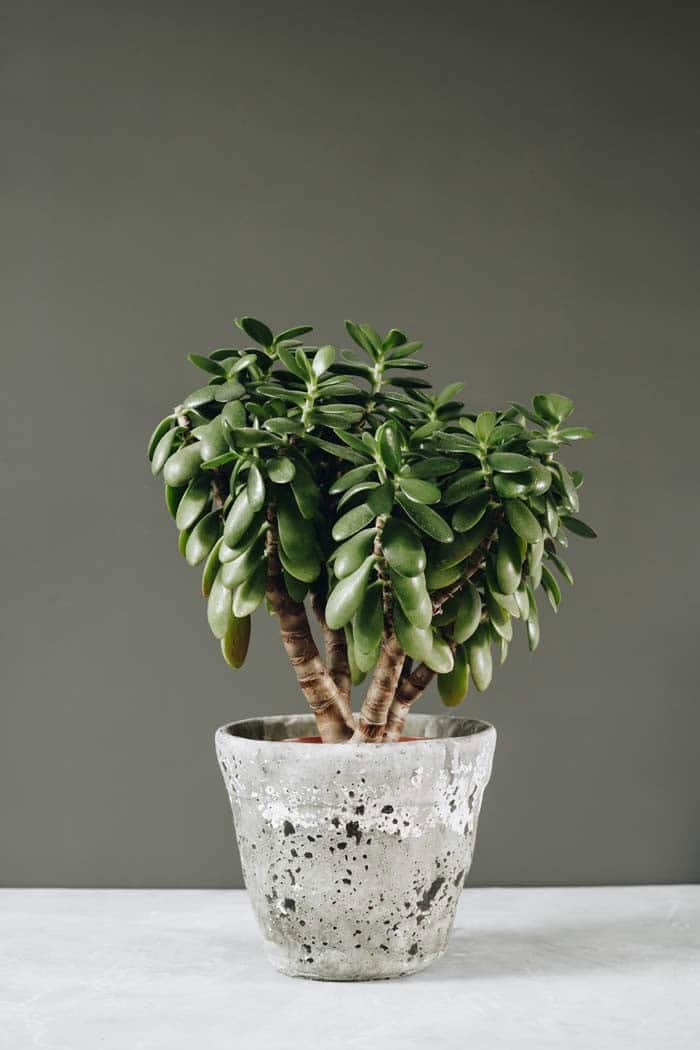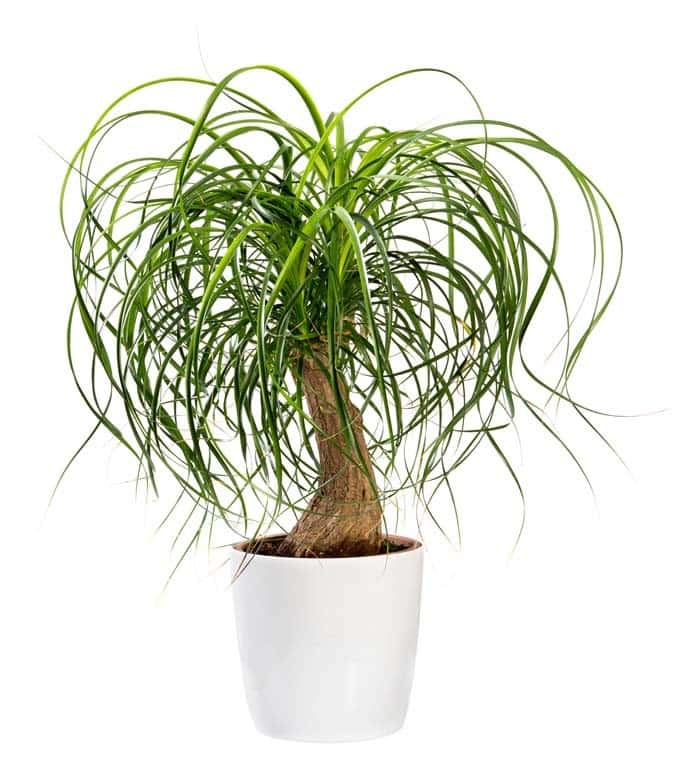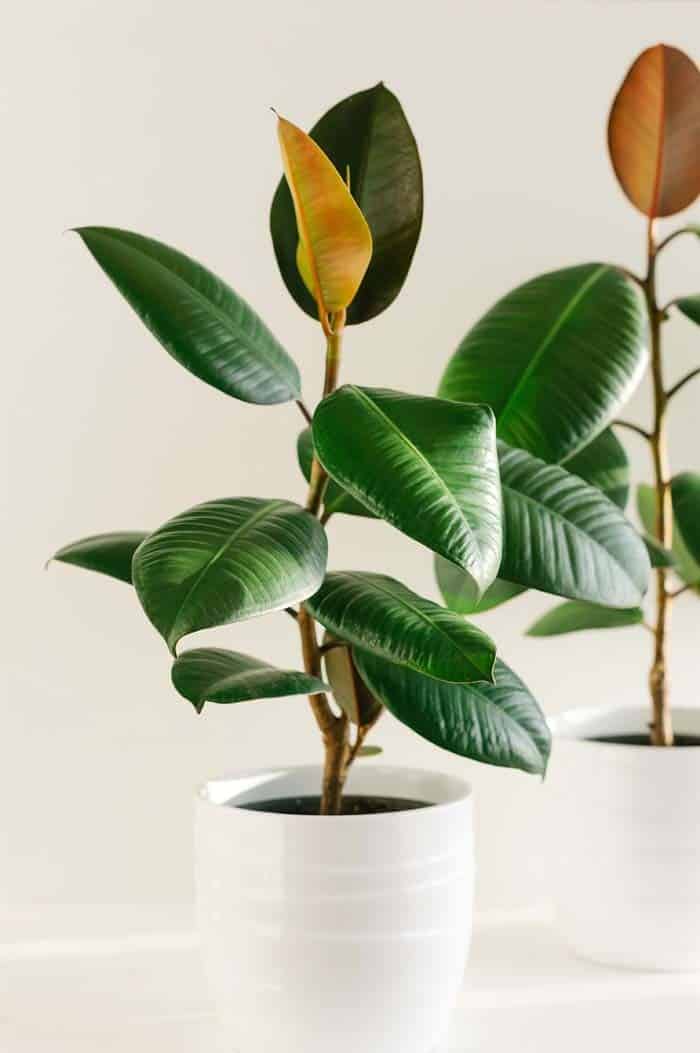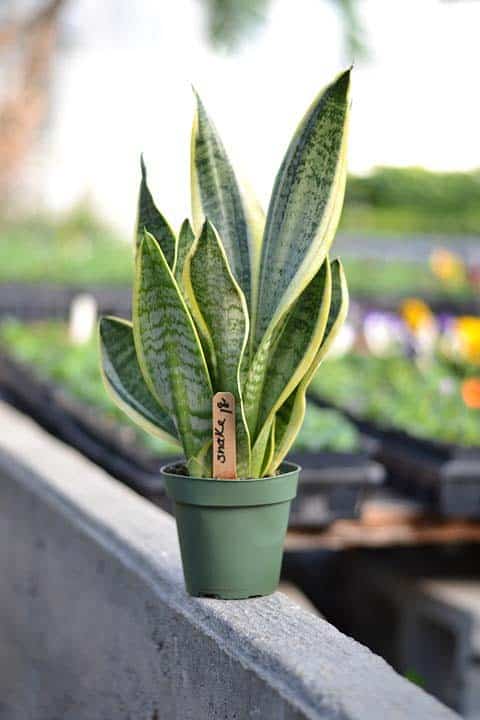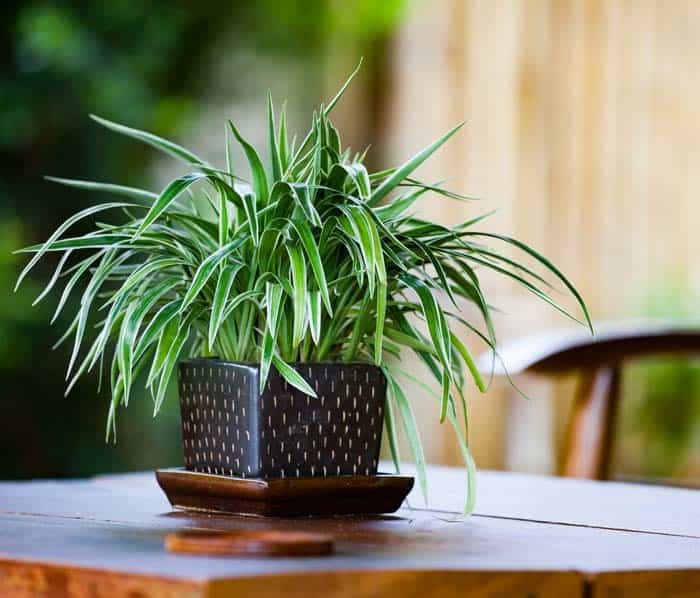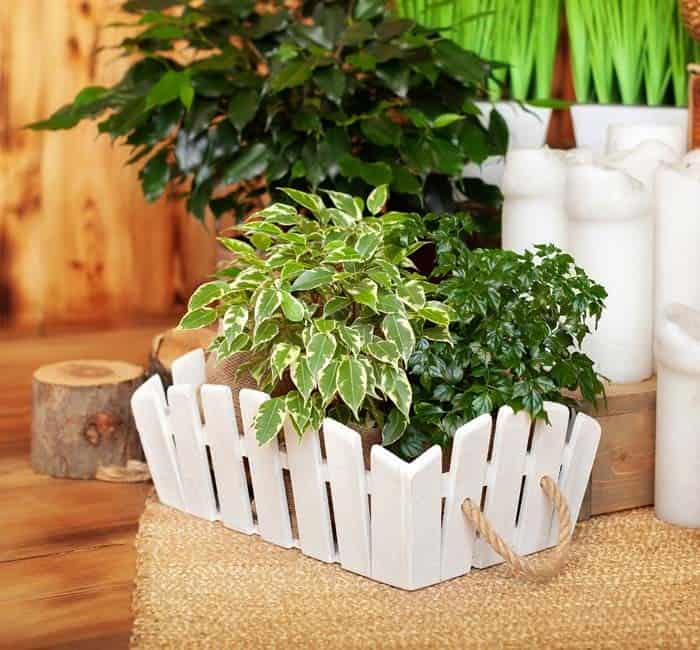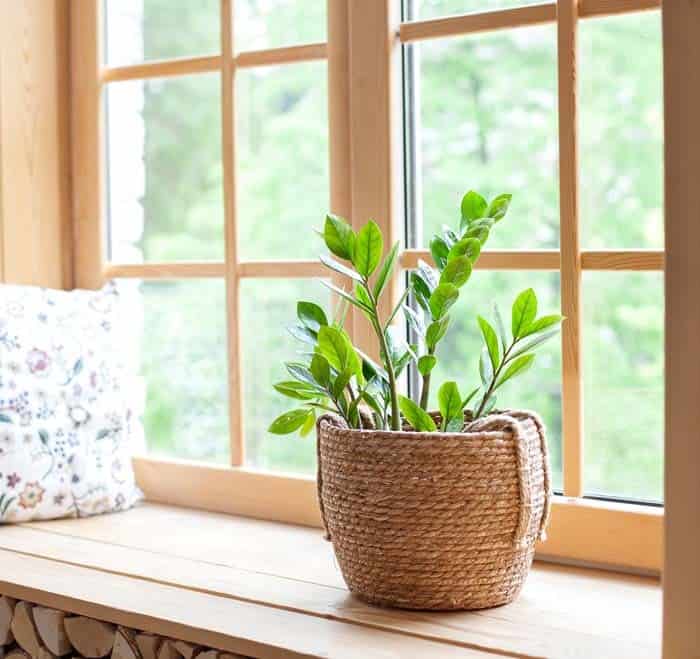Home decor is often elevated by the addition of lush greenery in the form of houseplants. Conversely, wilted and lifeless plants can create an uninviting atmosphere. The good news is that cultivating thriving houseplants doesn’t require extensive gardening knowledge. With a few simple choices, you can bring beauty and vibrancy into your home through low-maintenance yet stunning plant species.
Arrowhead Vine Houseplant
The arrowhead vine, part of the water plantain family, is characterized by its slender stems and distinctive spade-shaped leaves that evoke a serene aquatic environment. Its photophilic nature means it thrives in well-lit spaces, while its watering requirements are seasonally adjusted to ensure optimal growth: three times per week during the warm summer months, and once weekly during the cooler winter period.
Boston Fern Houseplant
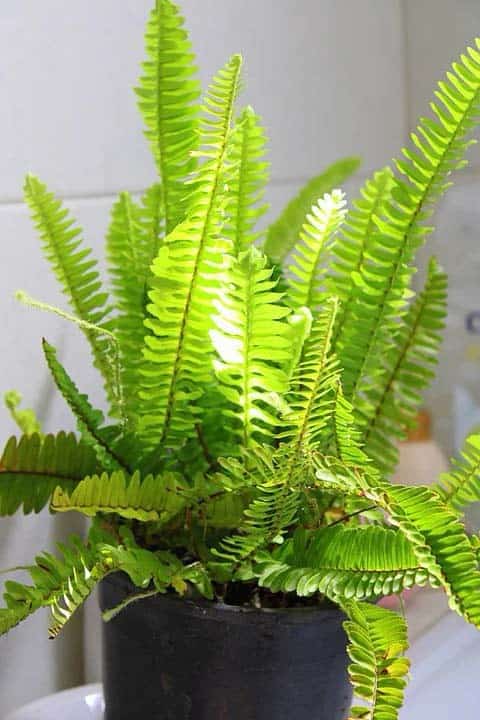
The Boston fern, commonly referred to as the sword fern, is characterized by its impressive fronds, which are divided into large, leaf-like structures. These fronds can grow remarkably long, reaching up to 98 inches in length and six inches in width, with a vibrant green color that adds a touch of elegance to any environment.
When it comes to caring for your Boston fern, it’s essential to strike the right balance when it comes to moisture.
Unlike some plants that thrive in wet conditions, the Boston fern prefers damp soil over one that’s soggy or waterlogged. To replicate its natural habitat, you can also increase the humidity around your plant by misting it with a spray bottle daily, especially if your home tends to be quite dry.
Calathea Houseplant
Native to the tropical regions of the Americas, Calatheas showcase striking striped leaves that come in a variety of colors depending on the species. Sharing some similarities with the Boston fern, Calatheas thrive in humid environments and require consistent moisture but not overwatering. However, unlike their Boston fern counterparts, Calatheas are sensitive to direct sunlight and should be positioned to avoid harsh light.
Cast-Iron Plant
For individuals with a notorious touch that seems to be detrimental to plant life, the cast-iron plant is an ideal choice. This versatile species, also known as the bar-room plant, boasts substantial waxy leaves and is renowned for its remarkable resilience in the face of neglect. To encourage robust growth, maintain a consistent watering schedule, targeting one weekly water session, while ensuring your pots feature adequate drainage to prevent root rot.
Chinese Evergreen
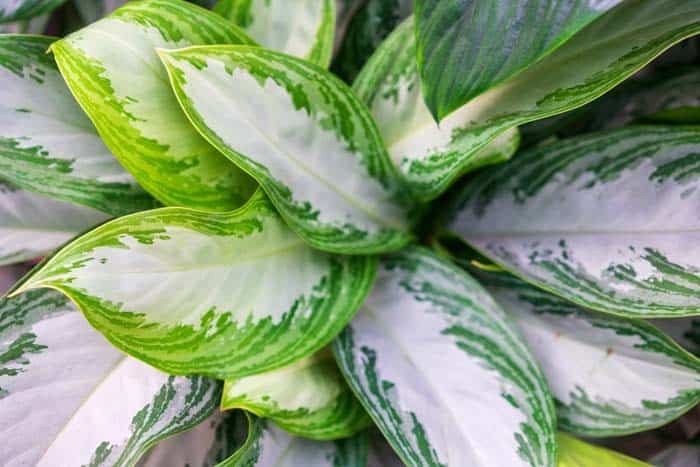
Chinese evergreens, originating from Asia and New Guinea, have adapted to thrive in low-light conditions. Their striking silver and green foliage is a testament to their unique characteristics. To ensure optimal care for your Chinese evergreen, use a moderate amount of fertilizer, taking caution not to over-fertilize, and shield them from harsh sunlight and extreme cold temperatures. It’s essential to note that these plants contain calcium oxalate crystals, making them toxic.
As such, it is crucial to keep them out of reach from children and pets, and when handling them, wear protective gloves to minimize any potential risks.
Croton
Crotons are a striking addition to any room, boasting long, speckled leaves that evoke the shape of swords. With some varieties reaching up to six feet in height, it’s essential to choose pots that provide ample space for root growth and allow for proper air circulation.
When it comes to watering your crotons, it’s crucial to get it just right.
Initially, you’ll want to saturate the soil, but be sure not to overdo it – instead, wait until the top layer has dried out slightly before giving them a drink again. Keep in mind that this plant is particularly sensitive to moisture levels.
One thing to keep in mind when introducing crotons into your home is their potential toxicity to young children.
As it turns out, croton seeds can be hazardous to infants if ingested, so it’s best to take precautions and keep them out of reach if you have little ones running around.
Crown of Thorns
With its delicate, light-green foliage and tiny blooms that come in a palette of pink, red, and white hues, the crown of thorns is an eye-catching addition to any garden. But this ornamental plant requires specific conditions to thrive: it demands warmth and full sun exposure to flourish, and is highly sensitive to cold temperatures.
Dieffenbachia
Dieffenbachias, also known as dumb canes, boast striking features with their deep-green leaves featuring white flecks. This unique characteristic makes them an excellent choice for indoor gardening, as they can flourish in shaded environments. To keep your dieffenbachias thriving, it’s essential to provide regular fertilization. If you notice the leaves turning yellow, it may be a sign of nutrient deficiency, indicating the need for immediate fertilization.
Additionally, these plants prefer soil that is consistently moist and operate well in low-humidity conditions.
Dracaena
The striking Dracaena features slender, upright stems adorned with attractive green leaves bearing white markings that seem to intertwine in a mesmerizing dance. Beyond their visually appealing foliage, these plants have earned a reputation as ideal houseplants due to their adaptability and low-maintenance requirements. They thrive in environments with limited natural light, making them an excellent choice for spaces that don’t receive direct sunlight.
Furthermore, they are not fussy about water, allowing you to enjoy their beauty without constant watering worries.
English Ivy
English ivy’s adaptability makes it an excellent choice for anyone looking to bring some greenery into their home. Not only can this versatile plant thrive as ground cover, but it can also be trained to climb vertical surfaces like trellises or other structures. This climbing ability opens up a world of creative possibilities when it comes to arranging your English ivy in your space.
Additionally, English ivy is notable for its remarkable cold tolerance, making it an ideal option for those who may not have the most controlled indoor environments.
Fiddle Leaf Houseplant
The distinctive leaves of the fiddle-leaf fig feature a slender central portion and broad tips. While they can reach heights of up to 40 feet when cultivated outdoors, indoor specimens tend to be much more compact and rarely produce fruit. This adaptability allows for greater flexibility in placement, as they don’t require direct sunlight.
When it comes to watering, a key consideration is maintaining soil dryness – allowing the soil to fully dry between waterings rather than risking over-saturation.
Fittonia Albivenis
With its striking dark green leaves featuring vibrant red or white veins, the Fittonia Albivenis is a standout plant in any collection. When it comes to care, this species requires daily watering and thrives in temperatures above 55 degrees Fahrenheit. While it can be challenging to coax it from seed, acquiring a mature specimen from a nursery can lead to relatively low-maintenance growth.
Hoya
Hoyas are a delightful addition to any home, boasting stunning pink and white blooms that are impossible to resist. But what’s even more impressive is their ability to purify the air we breathe. With this unique feature, Hoyas have become a popular choice for indoor gardens. To coax them into flowering, it’s essential to provide bright light, although they can tolerate lower light conditions if necessary.
Jade Plant
Characterized by their sturdy stems and vibrant foliage, jade plants boast thick branches and rich, emerald-green or yellow-green leaves that add a touch of elegance to any room. To thrive, these low-maintenance plants require well-draining soil and a watering schedule that allows the soil to dry out almost entirely between each hydration.
Philodendron
Philodendrons, with their lush green foliage and unique leaf shapes, are an intriguing addition to any indoor space. Their leaves unfurl and spread out in a manner reminiscent of saw blades, making them a visually appealing choice for plant enthusiasts. While they thrive in bright light conditions, philodendrons are also capable of adapting to environments with lower light levels.
In terms of temperature, these plants prefer a range of 59-64 degrees Fahrenheit, providing a comfortable and suitable environment for optimal growth.
Ponytail Palm
While not actually a palm tree, the ponytail palm’s appearance belies its unique characteristics. Despite this, it’s sure to transport you to a tropical oasis. In its native environment, this plant is accustomed to an impressive 32 inches of annual rainfall, making it a true water lover. Interestingly, however, ponytail palms are not finicky and can thrive in a range of conditions, making them a versatile addition to any indoor space.
Pothos
While the pothos may not be the most show-stopping plant, its understated charm and low-maintenance requirements make it an excellent choice for busy spaces like shopping centers and doctors’ offices. Its ability to thrive in a variety of conditions also makes it an ideal selection for areas of your home that don’t receive a lot of foot traffic, allowing you to add some greenery to your space without breaking the bank or requiring too much attention.
Rubber-Tree
The rubber tree plant is a timeless favorite that requires little introduction. Its adaptability notwithstanding, this plant thrives in specific conditions: it needs bright lighting, cooler temperatures, and a humid environment to truly flourish.
Snake Plant
The appeal of the snake plant lies in its understated charm. Its slender, pointed leaves rise upwards like nature’s own architectural feature. Furthermore, this low-maintenance beauty thrives in environments with limited natural light and can survive with minimal watering, making it a perfect choice for busy or forgetful gardeners.
Spider Plant
Characterized by its unique foliage, the spider plant earns its name with leaves that resemble spider legs. These slender appendages initially grow upwards before bending downwards to form a covering around the stem, much like a spider’s web. Despite their delicate appearance, spider plants are surprisingly resilient and can thrive in a broad temperature range. However, they tend to do best when kept within an environment with temperatures between 65 and 90 degrees Fahrenheit.
Watermelon Peperomia
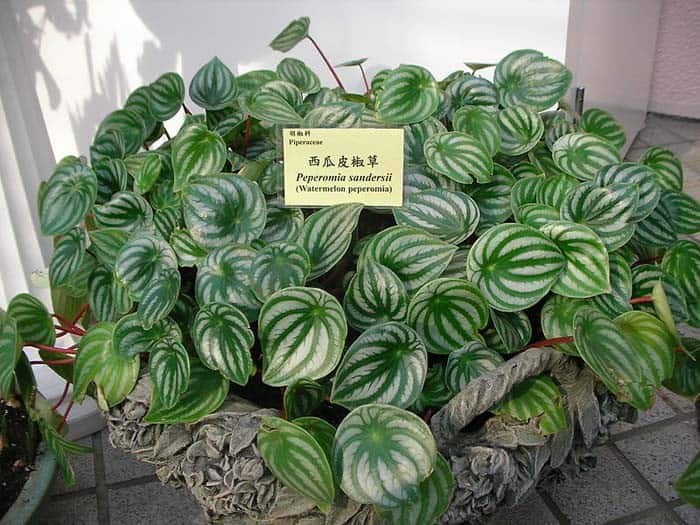
The watermelon peperomia boasts a unique charm, with leaves that strikingly resemble the fruit it’s named after. Its distinctive appearance sets it apart from other plants on this list. When it comes to care, be mindful of watering, as excessive moisture can lead to stem rot – a common issue for these plants. Proper drainage is key to preventing this problem and keeping your watermelon peperomia happy and healthy.
Weeping Fig
The weeping fig’s visual profile is reminiscent of ivy, boasting a foliage of green leaves adorned with white streaks and spots. To maintain the optimal health of your weeping figs, it is crucial to prioritize good drainage in their potting medium. Watering should be done only when the top two inches of soil have fully dried out, a strategy that will help prevent root rot. Additionally, regular fertilization every other week can provide the necessary nutrients for healthy growth and development.
Zee Zee Plant
While the Zee Zee plant may not be showstopping in terms of appearance, it still boasts an undeniable charm. To bring out its unique qualities, it’s essential to provide optimal growing conditions, including filtered or dappled sunlight and a watering schedule that strikes a balance between moisture and dryness.
